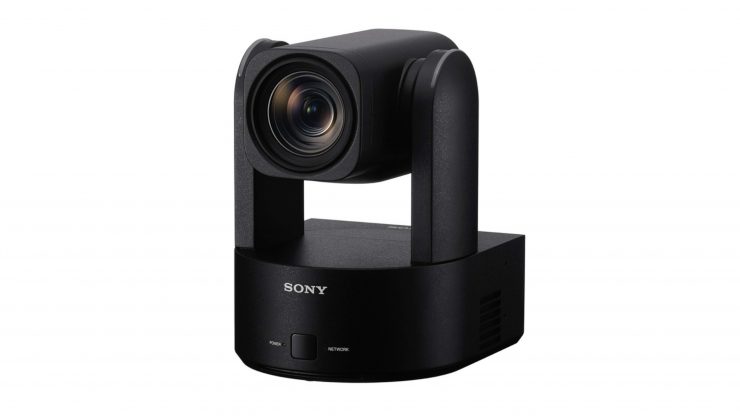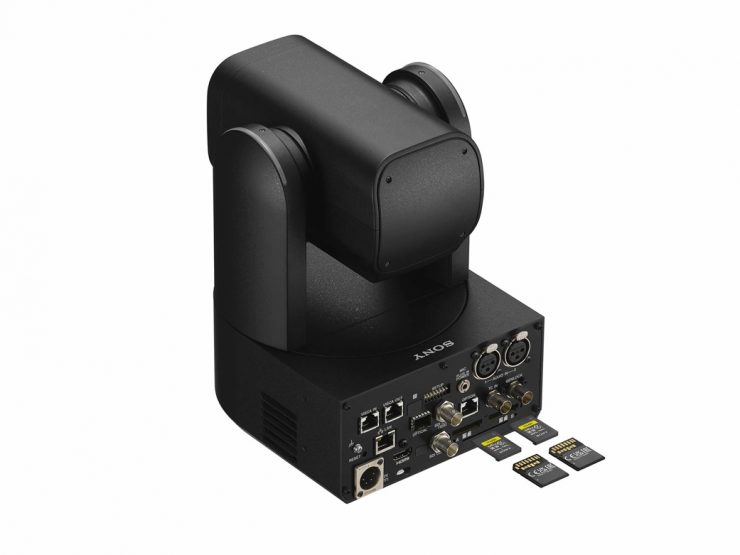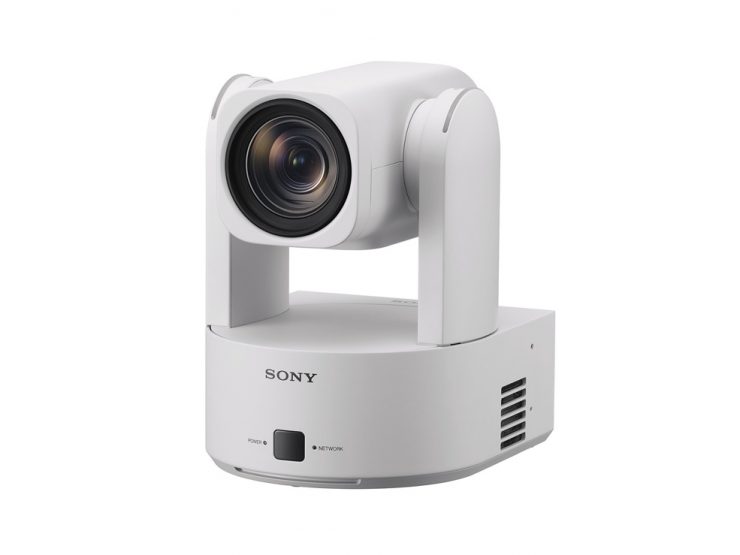Sony recently announced a flagship 4K 60p pan-tilt-zoom (PTZ) camera model with an integrated lens, called the BRC-AM7. Incorporating PTZ Auto Framing technology, which uses artificial intelligence (AI) technology for advanced recognition, the camera is claimed to facilitate accurate and natural automatic tracking of moving subjects. These innovations enable simplified high-quality video production for broadcast, live event, and sports productions.

The BRC-AM7 is claimed to be the world’s smallest and lightest integrated lens PTZ camera, measuring 168.7mm in width, 225.2mm in height and 192.3mm in depth, with a weight of about 3.7kg / 8.15lb. The size and weight promote greater freedom including increased installation flexibility, broader accessibility in challenging locations, and more vantage points. The BRC-AM7 also works alongside Sony’s professional camera ecosystem, providing compatibility and seamless color matching.

By combining the 1.0-type 4K (3,840 x 2,160 pixels) compatible stacked Exmor RS CMOS image sensor and the latest image-processing engine BIONZ XR, the BRC-AM7 achieves 4K 60p high-resolution imagery with less noise. 5K oversampling allows users to capture high-resolution 4K video, and it also supports 4K HDR imagery.

The newly developed all-in-one lens is equipped with a 20x optical zoom and Clear Image Zoom, an all-pixel super-resolution zoom that allows high magnification zooming while maintaining resolution, providing telephoto capture up to 30x in 4K or 40x in Full HD.
It also has a built-in unique electronic variable ND filter that allows for seamlessly adjusting the filter transmittance from 1/4 to 1/128. In addition to being able to adjust the exposure without changing the depth of field, users can also take advantage of auto settings to automatically adjust the light intensity to the level set on the camera to accommodate environments with challenging lighting conditions.
Sony’s PTZ Auto Framing technology, which also incorporates auto focus, employs built-in AI analytics for advanced recognition, automatically tracking a subject based on detailed information such as the person’s skeleton, head, face, and clothing. The intuitive operation and remote capabilities help create efficiencies in managing a production or live event.
The newly developed pan-tilt rotation mechanism enables quick, smooth, and quiet operation at a speed of 0.004 degrees per second up to 180 degrees per second. It expands the range of applications, to include scenarios requiring accurate framing movement, such as dance, concerts, faith services, and sports. Furthermore, the BRC-AM7 is equipped with a pre-set function that allows the camera composition to be registered and recalled for effortless reproduction.
The BRC-AM7 easily integrates into Sony’s camera line-up, employing ITU709, 709tone, S-Cinetone, and S-Log” compatibility for simplified color matching. It also features a familiar user experience and operation. The camera supports GENLOCK terminals and is compatible with Sony’s Master Setup Units and Remote-Control Panels, enabling multi-camera operation, as well as integration with Sony’s switchers.
Additionally, the camera’s compact and lightweight design allows for capture in difficult-to-install locations including on ceilings, cranes, or batons on stage, as well as tripod shooting using the 3/8-16 UNC and 1/4-20 UNC screw holes on the bottom surface.
In terms of power supply, the BRC-AM7 is compatible with the versatile XLR 4-pin connector and supports PoE++ (Power over Ethernet Plus Plus).
The camera features 12G-SDI and HDMI outputs, and 3G-SDI for monitor output. For audio, the BRC-AM7 has two channels of XLR 3-pin connectors and a φ3.5mm stereo input.
The BRC-AM7 supports SRT, RTMP, RTSP, NDI, and optical fibre, enabling remote production over IP networks. It is compatible with VISCA over IP, S700PTP protocol, and CGI, allowing for remote camera control via external commands. It also supports IP Tally, providing comprehensive support for remote production.
Furthermore, the BRC-AM7 is compatible with the free-d protocol, which is commonly used in virtual productions such as augmented reality (AR) and virtual reality (VR). It can accurately output camera tracking information (pan/tilt/zoom/focus/iris) into a 3D space, allowing for seamless integration of live footage of real people with 3D Computer Graphics backgrounds and characters, creating realistic composite images.
The BRC-AM7 is planned to be available early 2025.





